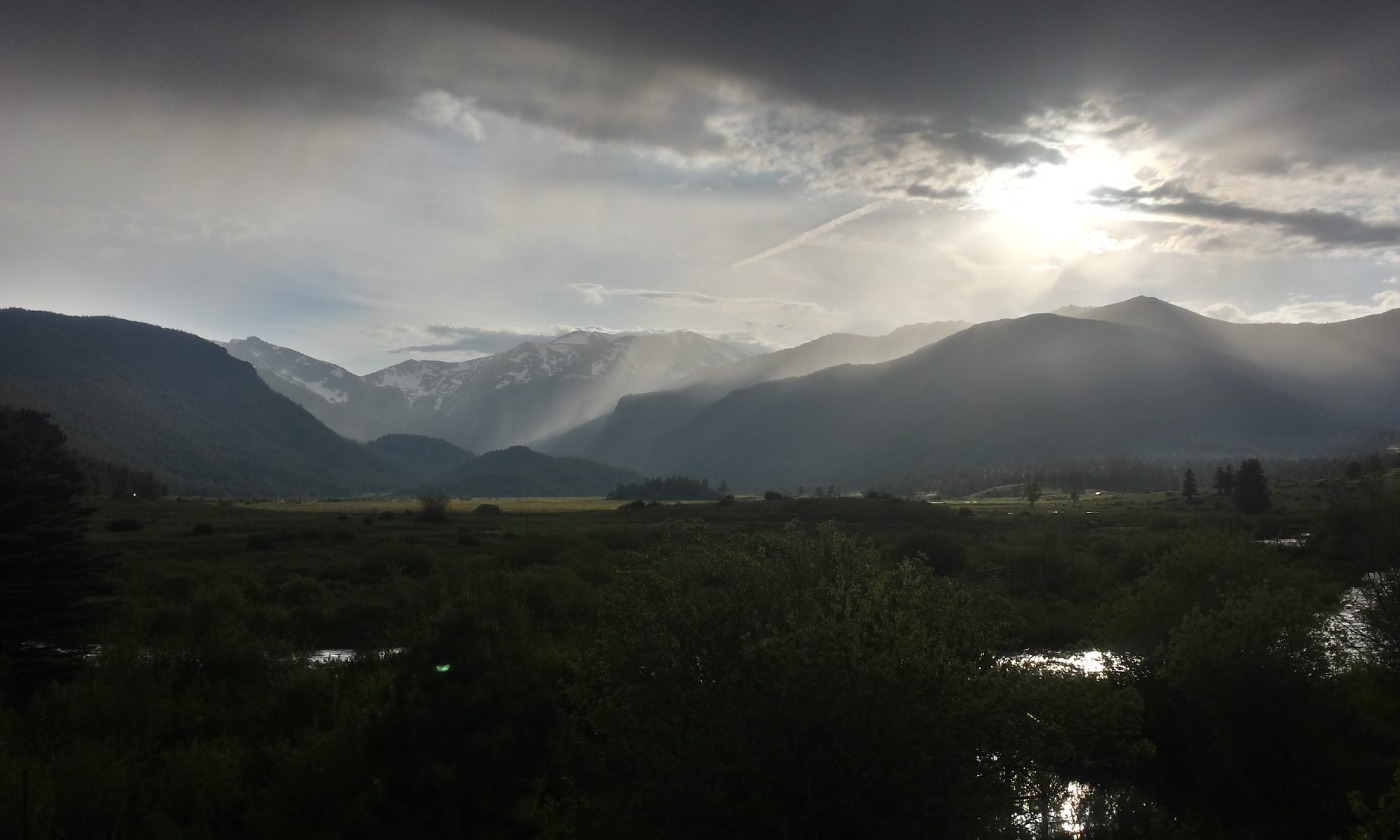I’d like to tell you the name of the person which gave us the presentation in class today, but unfortunately, Heather, Lucas, and I were delayed downtown trying to acquire some food. We had a second session of Arabic class that lasted until 4pm and we had decided to go find something quick and easy so we wouldn’t be dead come 4pm. It was just our luck that the place we chose was very slow! So as a result, we arrived 45 minutes late to class.
The part of the presentation that I did see was very interesting. The presenter was showing us the ongoing effort to utilize Tunisia’s water resources which include surface water such as Tunisia’s sole river, the seasonal wadis, and several lakes, ground water, and waste water. Currently, it looks like Tunisia won’t run out of water until after 2030. Through careful management and a large distribution network, the resources of the northwest are spread across the entire country. Something like 80% of the available water is in the northwest which is only 20% of the country. Even the water which Tunisia does get doesn’t actually originate here. Instead, it comes from Algeria through the river.
It was interesting seeing their efforts to keep Tunisia flowing along. She talked about the aquifer recharging schemes that they’re implementing around the country. Basically, they put little rock dams maybe a couple of feet high across wadis to slow the flow of the water, drop some sediment, and allow the water a chance to soak into the ground. They had tried the pumping method to pump water into the ground during wet years, but it didn’t work very well in Tunisia. They also looked at trying to treat waste water that way, but it wasn’t economical or efficient. She said Israel does it effectively which I found rather interesting. Israel is a really dry place!
Knowing that Tunisia’s 20 golf courses are irrigated using treated wastewater, I wonder what they smell like. I know that many courses in the USA are also watered in this way and some of them really stink, especially when the treatment plants up stream break down! I imagine since these are all tourist golf courses, they probably don’t smell bad at all.
She wrapped up her presentation talking about the extensive monitoring network in the northwest river drainage system. There are many weather observation stations, rain gauge stations, river sampling stations, and points where they manually take water samples. Every six months they do a comprehensive sampling of the water all across the northwest. She said that when they sample the water, they wake up at 4am, drive all the way out there, get the samples, and are back in Tunis at 10pm to drop them off at CITET for analysis. If the samples sit for more than 48 hours, they aren’t any good as the oxygen levels won’t be accurate anymore.
All in all, it was an interesting presentation. I wish I had been there for the entire thing!
